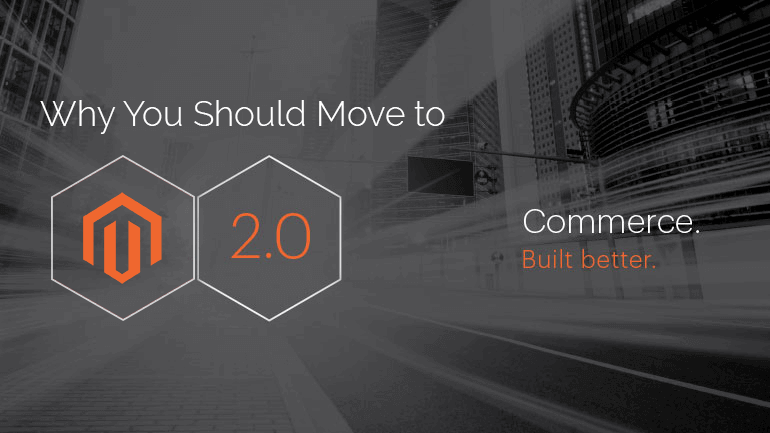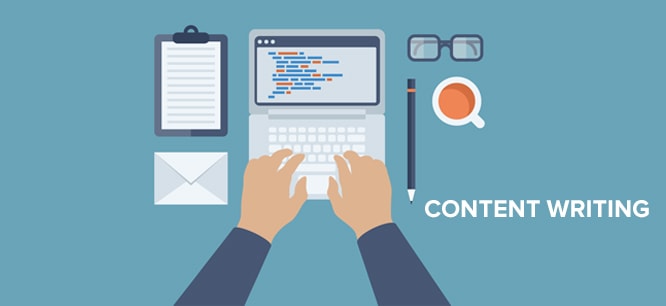Speculations and rumours have surrounded the newer and the more advanced version of Magento for quite some time now. Even though it was quite talked about, the wait seemed almost too long until Allan McGregor himself announced that the newer version – Magento 2.0 – would be worth the wait.
And when the time passed, Magento 2 finally released on November 17th, 2015. Now as this wait has finally come to an end, let???s have a look at the benefits you get to reap over Magento 1 with the newer and better version.
Magento 2.0 has been released and designed with an objective to increase profits. It does so by providing a much better UX. You get a more personalised look for the website with the help of a systematic page builder. The checkout process is now simpler and much easier for all customers. The customization process has been eased there is no need for any technical knowledge to use the drag-drop interface.
What???s New in Magento 2.0?
Luma, a new default theme has been introduced in the new Magento 2.0.
Luma is an attractive and clean theme that substantially enhances the experience offered by Madison Island theme from Magento 1.0. The responsive images, tile structure as well as topography do help it deliver a much better performance. To back it up with user-friendly backend support, a new user interface has also been introduced.
Performance standards have been significantly improved in the new Magento version.
Magento???s new version has been integrated with several technologies like HTML, CSS, PHP 5.5x as well as Apache 2.2. The integration has increased compatibility and has increased the speed for decreasing the loading/response time.
Apart from that, changes in directory structure now give a better view for all developers in the hierarchy. The developer can now use different backend platforms due to its cleaner code base. All such features are bound to enhance the speed by up to 20%.
Server validation steps ensure a much better security than other platforms. jQuery, a popular JavaScript framework has been used to reduce the number of Java conflicts.
What Really Matters
Irrespective of all that, it all depends on the functionality of your website. If you are experiencing no issues or glitches with the first version, there is no immediate need to switch If you have been using new versions like 1.9CE or the 1.14 EE, you can still make do.
If the older versions that you are using are causing serious troubles, you need to watch at the earliest and get the platform built on the newer and much more stable version.
Even if you are unsure of it now, we recommend you talk to your solutions provider to check what they have in plan for updating or upgrading your eCommerce website.
After all, you need to adapt with changing times.





 +91 870-013-5953
+91 870-013-5953